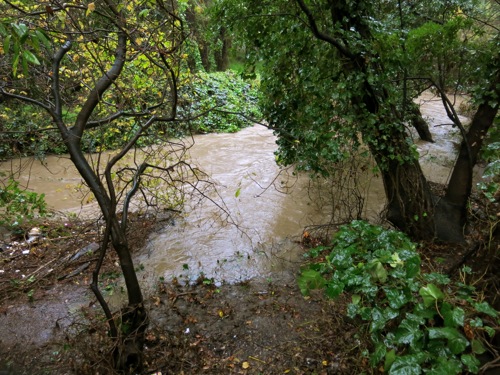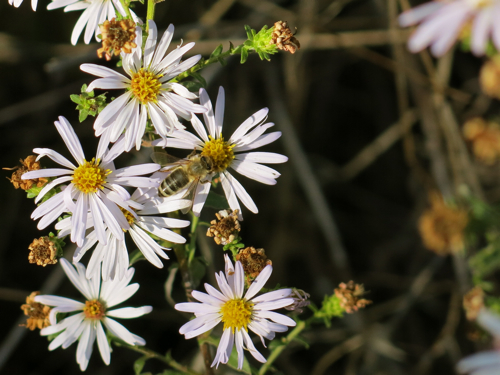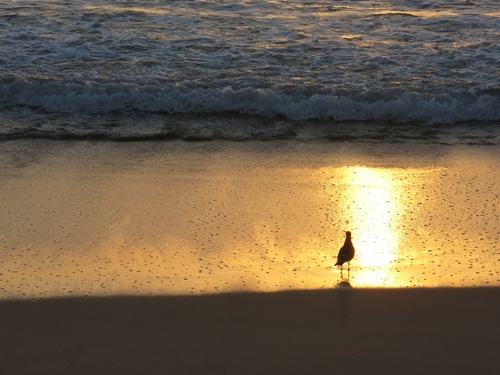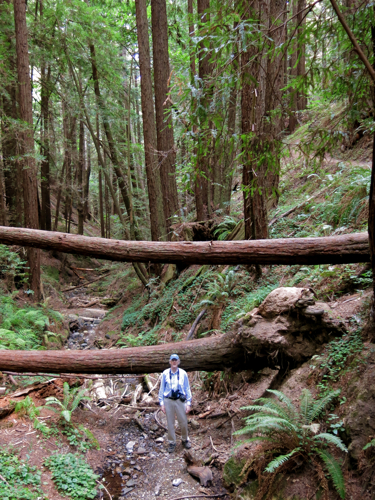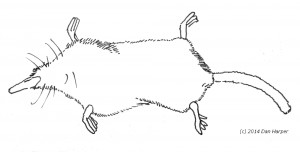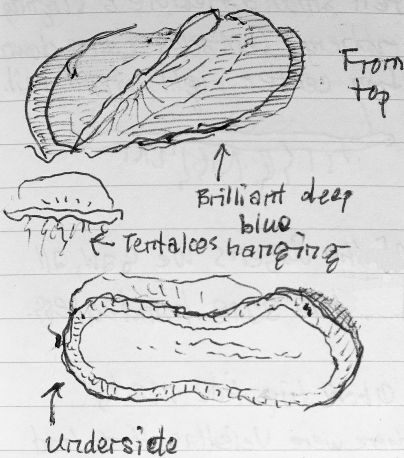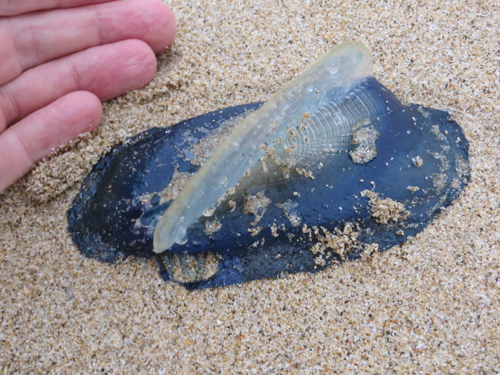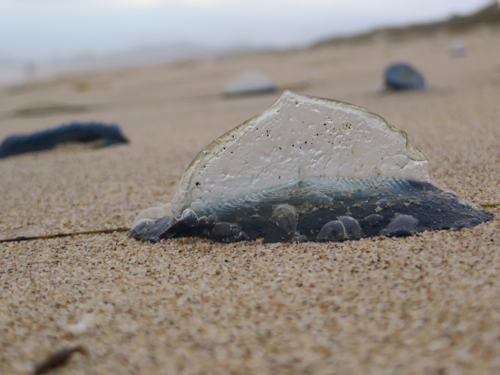Jenni suggested the Ferry Building in San Francisco, so that’s where Ray, Tara, and I met her a little after three this afternoon. Both our tenors were ill, but we figured no one would notice that both Ray and I were singing bass. We started out just inside the main entrance, but between the traffic along Embarcadero and the crowds in the building, it was too noisy. So we went down to the south entrance, and set up there. “What should we start with?” “Deck the Hall, page 11.” Jenni counted us in, and we began to sing.
Once we got in the groove of singing, I could relax a little and look at the people who were listening to us. Everyone was smiling. Except two small children, who stood listenly raptly, their mouths slightly open. We decided to take a break, and the woman who was with the two children thanked us. “My kids are just enthralled,” she said. “Oh, then we’ll sing something else for you,” said Jenni. The kids wanted to hear “Frosty the Snowman,” but we didn’t have the music for it, so we settled on “Jingle Bells.”
Later we sang at the north end of the Ferry Building, and people had the same reactions: the adults all smiled, and the children just stood and listened. We all hear a lot of Christmas music in December — the endless Christmas carols played as background music in stores, the songs you hear on the radio — but it’s much better when you hear live music, even when it’s performed by people who are not professional musicians. Live music is not neatly packaged by corporate bean counters; it is not controlled by the touch of your finger on a touch screen; it is not performed in some acoustically perfect recording studio somewhere. Unlike recorded music, it is imperfect and alive and a little bit wild.
We sang until we got tired. We sang several of the carols several times over, but they never got boring, because people were smiling, and one little girl started dancing. Finally we had to stop singing. We were all smiling, too.

